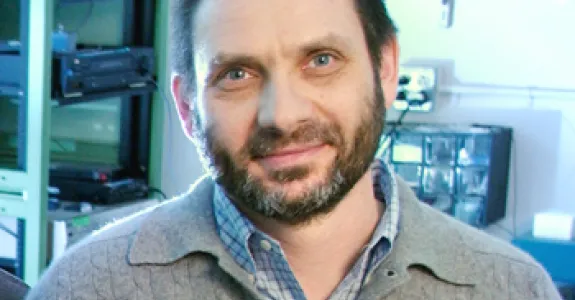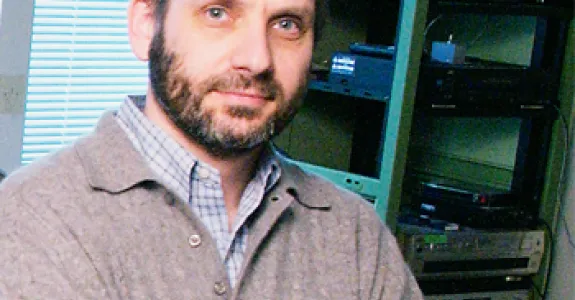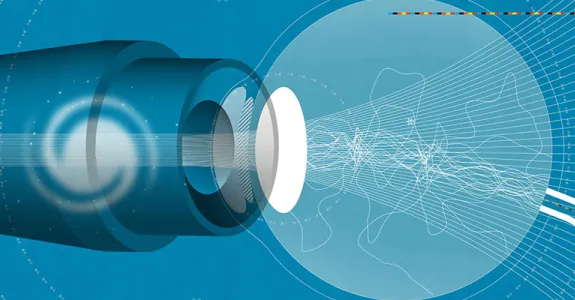
Dr. Daniel Palanker is working on optical and electronic technologies for diagnostic, therapeutic, surgical and prosthetic applications, primarily in ophthalmology. These studies include laser-tissue interactions with applications to non-damaging retinal laser therapy and to ocular surgery with ultrafast lasers. In the field of electro-neural interfaces, Dr. Palanker is developing retinal prosthesis for restoration of sight to the blind and implants for electronic control of organs, including secretory glands and blood vessels. He is also working on interferometric imaging of neural signals.
Several of Dr. Palanker's developments are in clinical practice world-wide: Pulsed Electron Avalanche Knife (PEAK PlasmaBlade, Medtronic Inc.), Patterned Scanning Laser Photocoagulator (PASCAL, Topcon Inc.), OCT-guided Laser System for Cataract Surgery (Catalys, Johnson&Johnson), Neural stimulator for enhanced tear secretion (TrueTear, Allergan Inc.). Photovoltaic Retinal Prosthesis (PRIMA, Pixium Vision) is in a clinical trial.
The primary focus of Dr. Daniel Palanker's research is in interactions of electric field (including light) with biological cells and tissues. Their current research interests include mechanisms of interaction of electric field and light with biological cells and tissues and their applications to diagnostics, therapeutics and prosthetics.
Specific fields of interest include:
- Minimally-invasive optical and electrical therapeutic technologies;
- Interface of electronics with neural cells and tissues;
- Microsurgical and cell-surgical technologies;
- Optical imaging and spectroscopy;
- Electronic control of cells and tissues.







